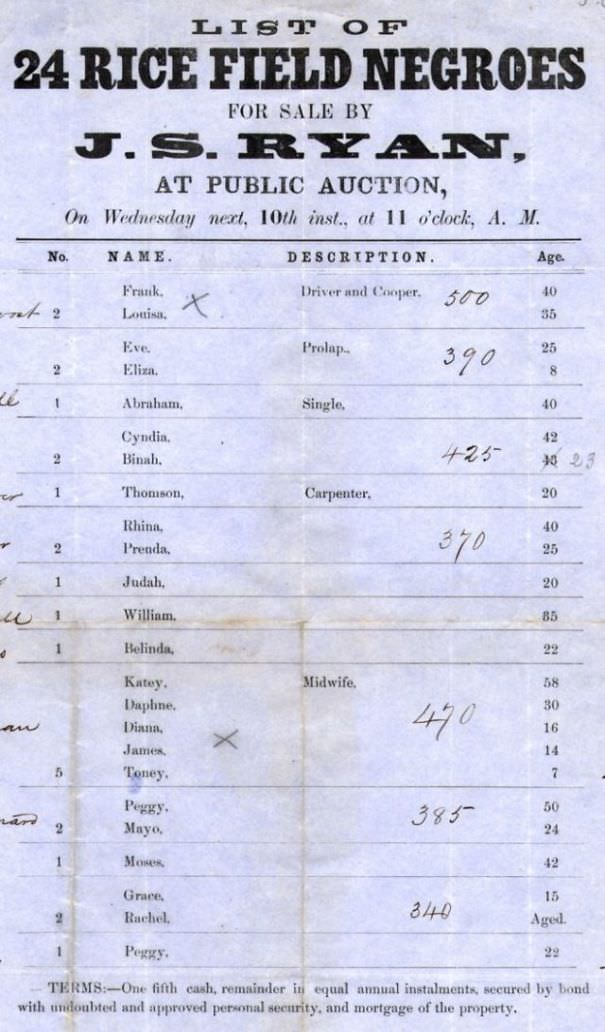Slavery had existed since ancient times. It spans many cultures from ancient times including ancient Egypt, ancient china, Assyria, Babylonia, ancient Greece, and many more, to the present day. Domestic slavery is no longer legal anywhere in the world. Slavery was ended in the 20th century, unfortunately, it still can be found in some parts of the world.
During the 17th, 18th, and 19th centuries, people from the African continent and other deprived areas of the world were brought to American colonies and they were sold here. These slaves were treated like any other commodity that the upper class and middle class used to buy. They were sold to the person who bid the most. The chattel slavery destroyed families since the bidder only wanted to buy the strongest and healthiest family member. The Industrial Revolution made slaves far more valuable than they had been before. The 13th Amendment, adopted on December 18, 1865, officially abolished slavery, however, the legacy of slavery continued to influence American history, from the Reconstruction era to the civil rights movement.
Here below are some horrible historical ads from newspapers and posters that show how slaves were auctioned and sold in the United States during the 19th century.
#1 Broadside advertising a slave auction outside of Brooke and Hubbard Auctioneers office, Richmond, Virginia, July 23, 1823.
#2 Notices for purchase of Slaves, 1859.

Two posters advertising slave trading businesses, both posters claim they will pay the highest market prices for slaves brought to their holding facilities and that they are seeking slaves of both sexes, they also both list the locations of their respective slave pens and the names of the men you will find working there, Lexington, Kentucky, 1859.
#3 Great Sale of Slaves, 1855.

A poster advertising a slave sale, John Carter was the name of the slave owner and he was posting them for sale because he was moving Indiana which was a free state at the time, the poster lists men and women of various ages along with the jobs they perform, a six-month-old child is also being sold along with one of the women, the location of the sale is Cheapside which was the largest slave-trading location in Kentucky.
#4 An Advertisement for the Sale of Slaves on July 24, 1769.
#5 A Boston advertisement for a cargo of about 250 ‘fine healthy negroes’, recently arrived from Africa on the slave ship ‘Bante Island’.
#6 An abolitionist pamphlet published in Boston.
#7 Two advertisements in a colonial broadside newspaper.
#8 Poster for a slave auction, United States, 1800
#9 Poster for a slave auction, United States, 18th May 1829.
#10 A poster offers a cash reward for the return of a runaway slave to his oppressor, Monroe County, Missouri, 1850s.
#11 Print ad for slaves wanted by William F Talbott of Lexington, Kentucky; black and white print, 1853.
#12 A poster advertising a slave sale, 1885.
#13 Notice seeking return of a runaway slave called Robert Porter, circa 1855.
#14 A poster advertising a slave sale, 1863.

It is being held by a man named George W Gwin who is listed as Master Commissioner, James Harlen was the previous owner and the sale is taking place to settle an equity dispute between the administrator of his estate and his heirs, three men, two women, and three children are listed for sale in total, six-month credit terms with interest are being offered on the purchase of the slaves, Frankfort, Kentucky, 1863.

















